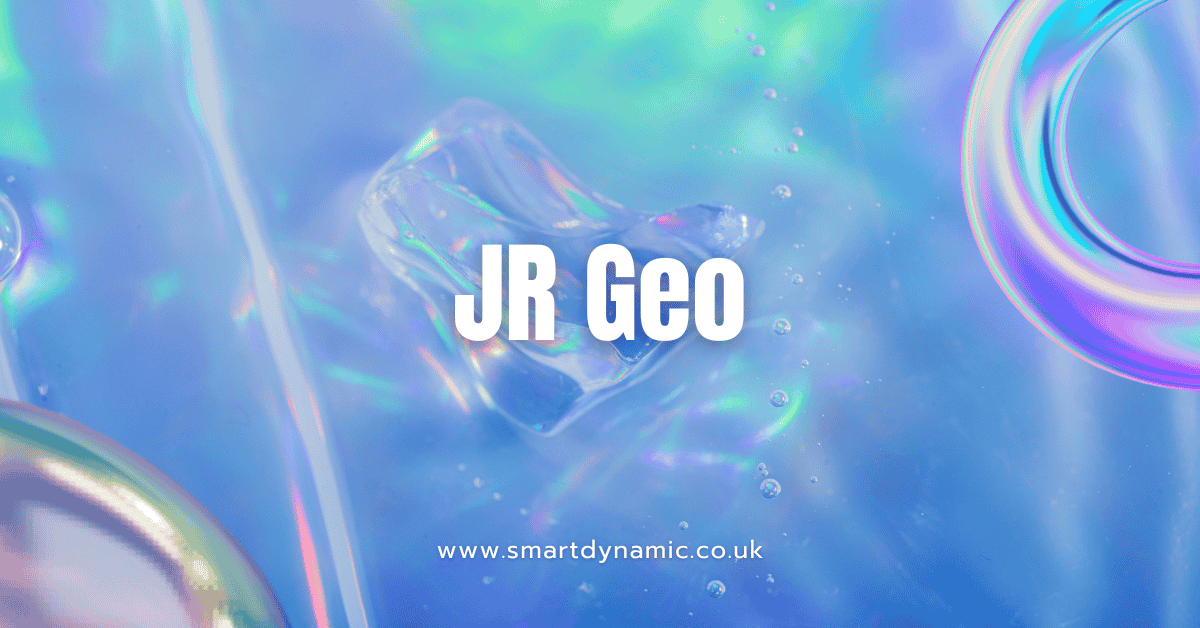Introduction
In our increasingly interconnected world, understanding the “where” is just as crucial as understanding the “what” or “why.” Enter jr geo, a dynamic platform that is reshaping how we interact with and comprehend our planet. Jr geo is more than just a digital map; it’s a comprehensive ecosystem designed to make geography and geospatial intelligence accessible, engaging, and powerful for everyone.
Its relevance today cannot be overstated. For students, it demystifies complex geographical concepts. For professionals, it provides robust tools for spatial analysis. By bridging the gap between foundational geography learning and advanced geospatial intelligence, jr geo is cultivating a new generation of spatially-literate global citizens.
Origin & Background
The story of jr geo began with a simple observation: while we are surrounded by incredible mapping technologies, they were often too complex for young learners or too expensive for educational institutions. A team of educators, cartographers, and software developers came together with a unified mission: to create a platform that would ignite a passion for geography from a young age.
The core purpose behind jr geo‘s creation was twofold: to empower students with intuitive learning tools and to equip them with the same kind of spatial reasoning skills used by urban planners and environmental scientists. The founders envisioned a world where a child could as easily analyze local watersheds as they could learn about a country’s capital.
Philosophy & Core Values
The jr geo platform is built on a foundation of four key pillars:
-
Education: Making complex geospatial concepts understandable and exciting for all age groups.
-
Accessibility: Ensuring the tools are user-friendly and available across various devices and budgets.
-
Innovation: Continuously integrating the latest technologies, like interactive maps and data visualization, to enhance the learning experience.
-
Data Accuracy: Providing reliable, up-to-date geographical information that users can trust for both school projects and foundational analysis.
Features & Technologies
Jr geo stands out through its rich suite of features, designed to cater to both the curious learner and the aspiring analyst.
-
Interactive Mapping Tools: Users can create, customize, and annotate maps. They can overlay different data sets, from population density to climate zones, to see the relationships between them.
-
Educational Modules: Structured lessons and quizzes aligned with educational standards make jr geo learning a seamless supplement to classroom teaching.
-
Advanced Data Visualization: The platform can transform complex data into easy-to-understand visual formats like heat maps, choropleth maps, and 3D terrain models.
-
Geospatial Analytics: For more advanced users, jr geo offers basic GIS platform functionalities, allowing for distance measurement, area calculation, and simple spatial queries.
-
Cross-Platform Integration: It can integrate with other educational software and even pull in real-time data from trusted sources, making the maps living, breathing entities.
Target Users & Use Cases
The versatility of jr geo means it serves a diverse audience.
For Students:
Jr geo geography modules turn abstract textbook concepts into tangible, interactive experiences. A student can virtually “walk” the Silk Road or visualize the tectonic plate boundaries that cause earthquakes, making geography for kids an adventure.
For Educators:
Teachers can use jr geo to create captivating lesson plans. The platform’s educational maps serve as a dynamic digital whiteboard, perfect for explaining everything from historical battles to modern economic trade flows.
For Researchers & Analysts:
While not a replacement for professional-grade GIS, jr geo provides an excellent entry point for undergraduates and citizen scientists to begin working with geo data analysis, such as tracking local deforestation or urban heat islands.
For Businesses:
Small businesses can use jr geo‘s smart mapping tools for market analysis, such as visualizing demographic data to identify potential new store locations.
Unique Selling Points (USP)
What truly sets jr geo apart? It masterfully balances simplicity with power.
-
Unlike Google Earth, which is exploration-focused, jr geo is built with a structured educational curriculum at its core.
-
While platforms like National Geographic Kids offer great content, jr geo provides the tools for students to become creators of their own maps and analyses.
-
Compared to complex professional suites like Esri’s ArcGIS, jr geo offers a gentle, guided onboarding ramp, lowering the barrier to entry for geospatial learning.
Ethical & Privacy Considerations
In an age of data, jr geo takes its responsibility seriously. The platform is committed to the highest standards of data ethics and user privacy. It does not sell user data and employs strict anonymization protocols for any collected usage metrics. For educational users, it complies with regulations like FERPA, ensuring a safe and secure jr geo learning environment. The emphasis is always on responsible data usage and promoting critical thinking about how location data impacts our world.
Real-Life Applications & Examples
-
In the Classroom: A 7th-grade class uses jr geo to map the migration patterns of monarch butterflies. Students input real-time sighting data, creating a living map that connects them to a global citizen science project.
-
In City Planning: A local community group uses jr geo‘s zoning and land-use layers to visualize a proposal for a new park, presenting their findings in an accessible map format at a town hall meeting.
-
In Environmental Science: A high school ecology club uses the platform’s interactive mapping tools to track water quality samples from different points along a nearby river, identifying potential pollution sources through spatial analysis.
Future Trends & Developments
The future for platforms like jr geo is incredibly bright. We anticipate the integration of AI to provide personalized learning journeys and generate predictive models based on map data. Augmented and Virtual Reality (AR/VR) could allow students to take immersive virtual field trips to the Amazon rainforest or the surface of Mars. Furthermore, as the Internet of Things (IoT) grows, jr geo could incorporate live sensor data from smart cities, providing an unparalleled real-time view of our world.
How to Access or Use jr geo
Getting started with jr geo is straightforward.
-
Access: Visit the official jr geo website or download the mobile app from major app stores.
-
Explore: Begin with the guided tours and tutorial modules to familiarize yourself with the interface.
-
Create: Start a new project. Try creating a simple map of your local neighborhood, marking points of interest.
-
Learn: Dive into the educational library and complete a module on a topic that interests you, like “World Biomes” or “Plate Tectonics.”
-
Analyze: Experiment with adding data layers to a base map to see how different geographical factors interact.
Best practice is to start simple and gradually explore the more advanced smart mapping tools as your confidence grows.
Conclusion
Jr geo is more than just a tool; it’s a gateway to understanding the spatial dynamics of our complex planet. It empowers students, supports educators, and provides a foundational location intelligence tool for a wide range of users. By making geography interactive and geospatial analysis accessible, it is playing a vital role in building a more informed and curious future.
Ready to see the world in a new way? Explore the power of jr geo today and unlock a deeper understanding of the world around you.
References / External Links
-
UNESCO – Geography Education for Sustainable Development – Strengthens the EEAT behind the educational mission of jr geo.
-
National Geographic – Geography Resources – An authoritative source on geography education and exploration.
-
The GIS Guide to Public Domain Data – Provides context for the importance of accurate and ethical data usage in geospatial platforms.







